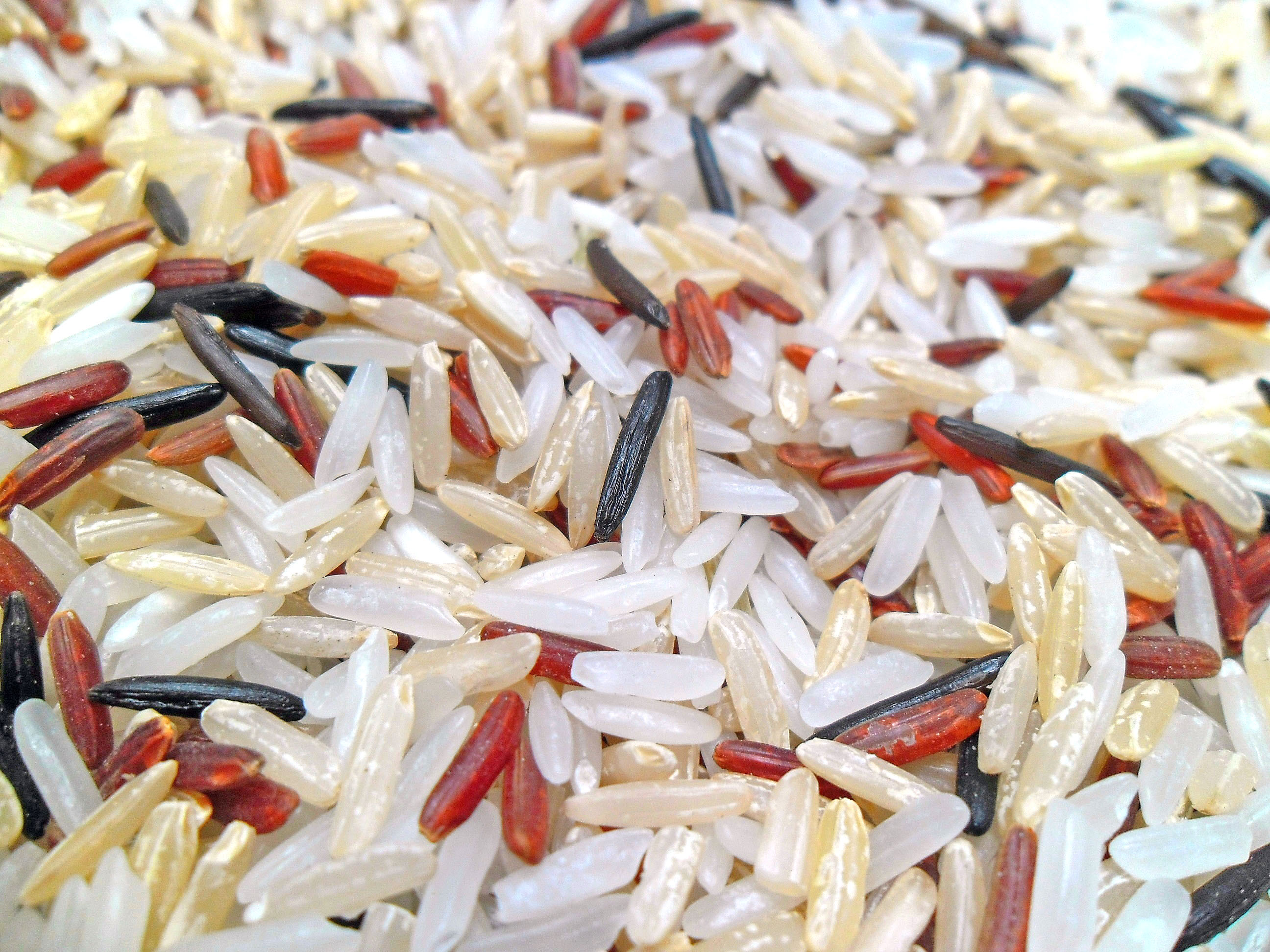13 week cooking course
- Introduction to Cooking
- Understanding Ingredients
- Making Breakfast
- Dinner Delights
- World Cuisine: Asia
- World Cuisine: Europe
- Baking and Bread Making
- Vegan and Vegetarian Cooking
- Gluten Free Cooking
- Healthy Eating and Nutrition
- Kitchen Finale and Consolidation
World Cuisine: Asia
Exploring Asian Rice Dishes

Staple grain of Oryza and Zizania species.
Rice is a staple food in many Asian countries and forms the backbone of countless dishes. In this unit, we will explore the different types of rice used in Asian cuisine, learn how to properly cook and season these types of rice, and prepare popular rice dishes such as Fried Rice, Biryani, and Sushi.
Types of Rice in Asian Cuisine
There are several types of rice used in Asian cuisine, each with its unique texture, flavor, and cooking method.
-
Jasmine Rice: This long-grain rice is native to Thailand and is known for its fragrant aroma, slightly sweet flavor, and sticky texture when cooked. It's commonly used in dishes like Thai Fried Rice and Khao Pad.
-
Basmati Rice: Originating from India, this long-grain rice is highly aromatic and has a light, fluffy texture when cooked. It's the rice of choice for dishes like Biryani and Pulao.
-
Sticky Rice: Also known as glutinous rice, this type of rice is common in East and Southeast Asian cuisines. It has a sticky texture when cooked, making it perfect for dishes like Sushi and Mango Sticky Rice.
Cooking and Seasoning Rice
Cooking rice properly is an art in itself. Here are some general tips:
-
Rinse the rice under cold water until the water runs clear. This removes excess starch and prevents the rice from clumping together.
-
Use the right water-to-rice ratio. This can vary depending on the type of rice and the cooking method, but a good rule of thumb is 1.5 to 2 cups of water for every cup of rice.
-
Don't stir the rice while it's cooking. This can break the grains and make the rice mushy.
-
Let the rice rest for a few minutes after cooking. This allows the moisture to distribute evenly throughout the rice.
Seasoning is also crucial in bringing out the flavor of the rice. Some common seasonings used in Asian cuisine include soy sauce, sesame oil, and various spices.
Popular Asian Rice Dishes
Now that we've covered the basics, let's dive into some popular Asian rice dishes:
-
Fried Rice: This dish is a staple in many Asian countries. It's typically made with leftover rice, mixed vegetables, and a protein like chicken, shrimp, or tofu. The ingredients are stir-fried together with soy sauce and other seasonings.
-
Biryani: This flavorful Indian dish is made by layering marinated meat and partially cooked basmati rice, then cooking it all together. The result is a fragrant, spiced dish that's a meal in itself.
-
Sushi: This Japanese dish features vinegared sushi rice paired with various ingredients like raw fish, vegetables, and seaweed. Making sushi at home can be a fun and rewarding experience.
By understanding the different types of rice and how to cook them properly, you can unlock a world of delicious Asian dishes to enjoy. Happy cooking!